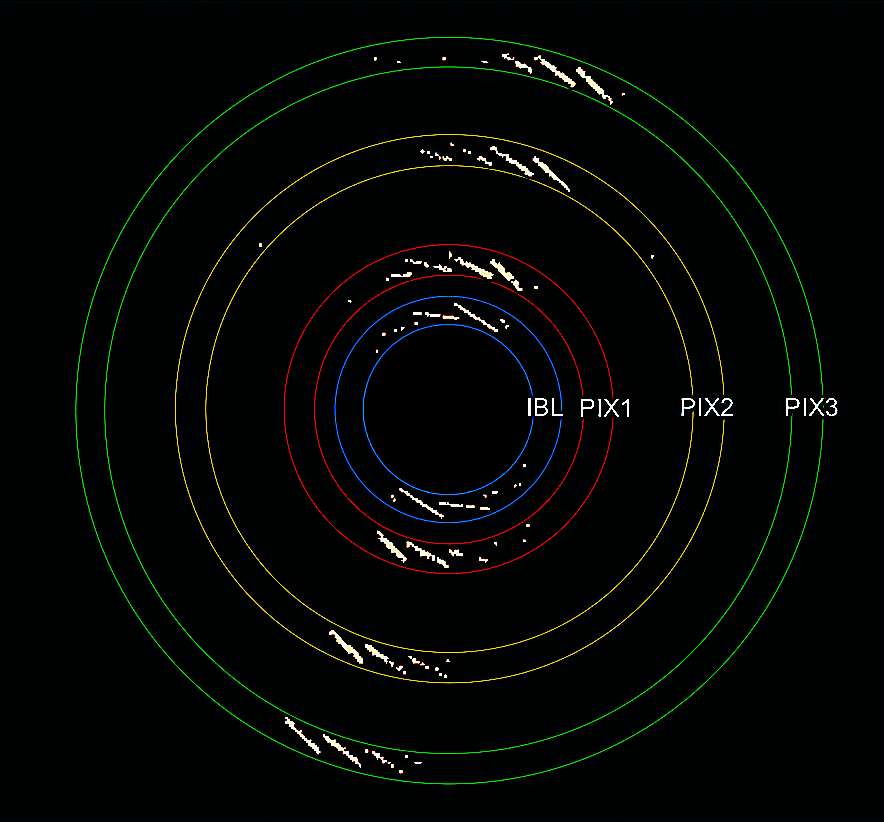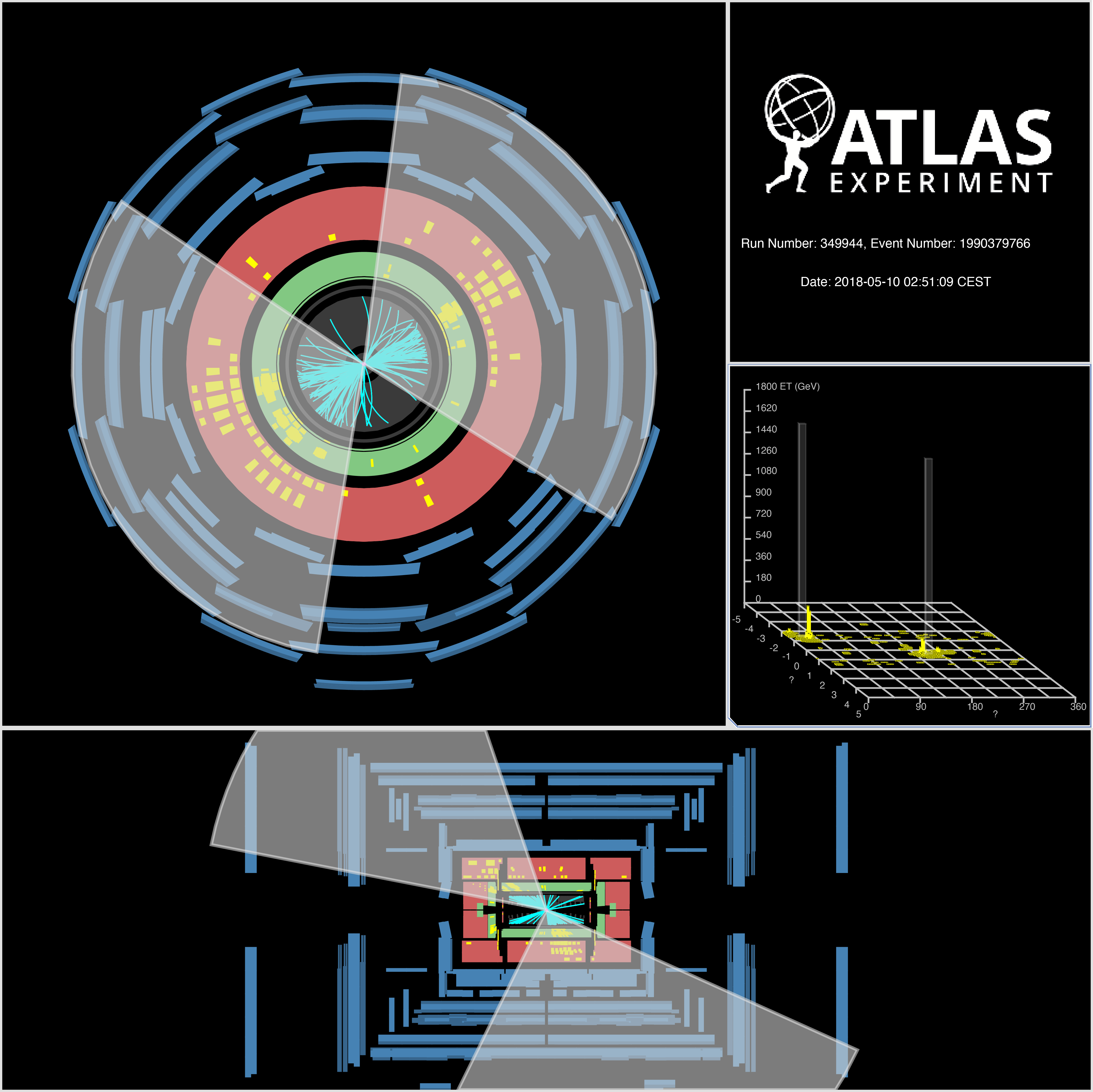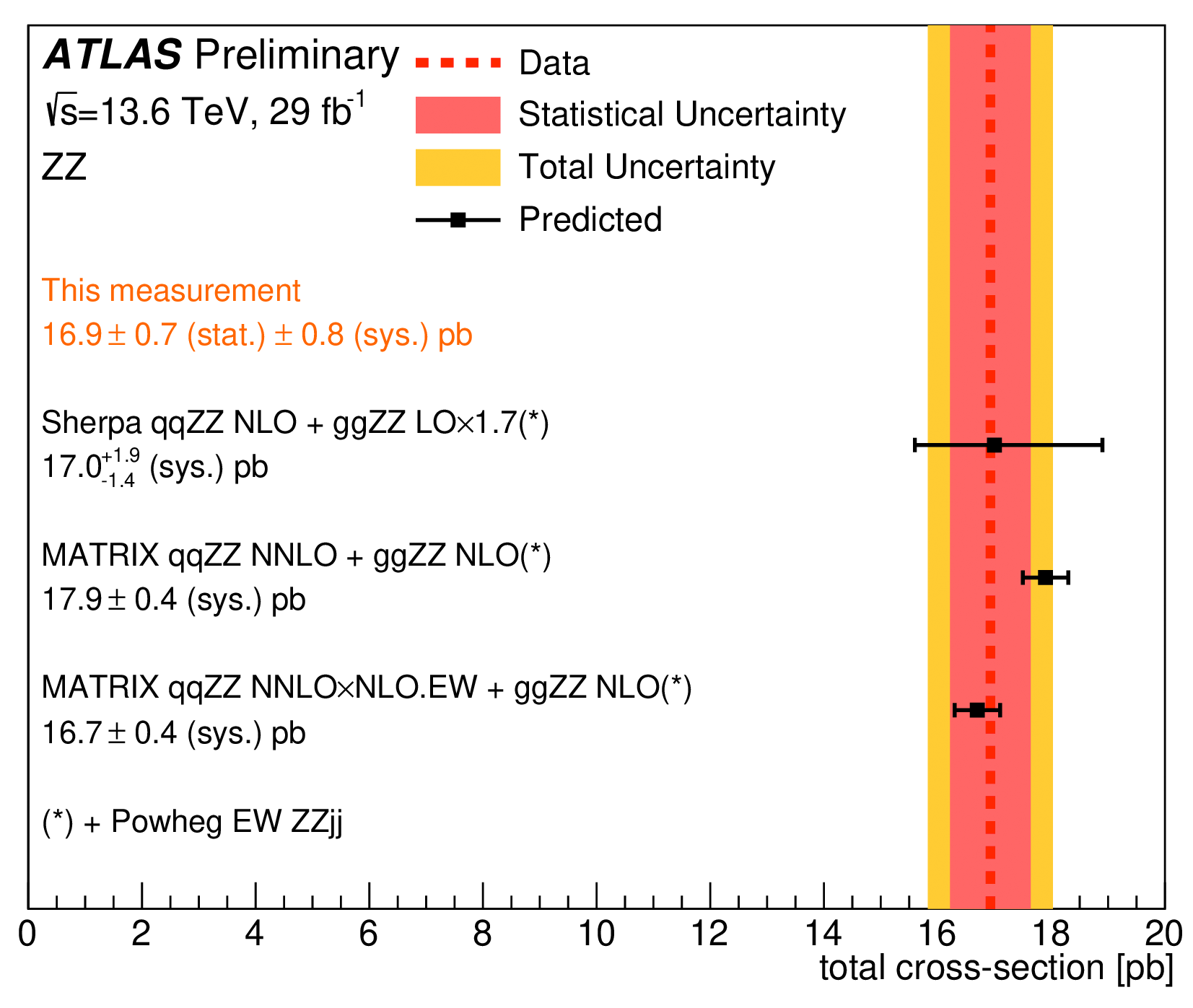Quest for the curious magnetic monopole continues
23 August 2023 | By

Magnets, those everyday objects we stick to our fridges, all share a unique characteristic: they always have both a north and a south pole. Even if you tried breaking a magnet in half, the poles would not separate – you would only get two smaller dipole magnets!
But what if a particle could have only a single north (or south) pole? What if it could be “magnetically charged”? For over a century, physicists have been searching for these hypothetical “magnetic monopoles”.
In 1931, physicist Paul Dirac proved that the existence of magnetic monopoles would be consistent with quantum mechanics. In the 1970s, scientists found that magnetic monopoles were also predicted by new theories attempting to unify all the fundamental forces of nature, inspiring theoretical physicist Joseph Polchinski to claim that their existence is “one of the safest bets that one can make about physics not yet seen.”

Physicists at the ATLAS Experiment are searching for pairs of point-like magnetic monopoles with masses up to about 4 TeV, which could be produced in 13 TeV proton-proton collisions via two different mechanisms: “Drell-Yan”, in which a virtual photon produced in proton collisions creates the magnetic monopoles; or “photon-fusion”, where two virtual photons scattering off proton collisions interact to create the magnetic monopoles.
Their detection strategy relies on Dirac’s theory, which says that the magnitude of the smallest magnetic charge (gD) is equivalent to 68.5 times the fundamental unit of electric charge (e, the charge of the electron). Consequently, a magnetic monopole of charge 1gD would ionise matter in a similar way as a high-electric-charge object (HECO). When a particle ionises the detector material, ATLAS records the energy deposited, which is proportional to the square of the particle’s charge. Hence, magnetic monopoles or HECOs would leave large energy deposits along their trajectories in the ATLAS detector. Since the ATLAS detector was designed to record low-charge and neutral particles, the characterisation of these high-energy deposits is vital to the search for monopoles and HECOs.
In a new study presented at the EPS-HEP 2023 conference, the ATLAS Collaboration combed through the full LHC Run-2 dataset (recorded 2015-2018) in search for magnetic monopoles and HECOs (see Figure 1). The result places some of the tightest limits yet on the production rate of magnetic monopoles.
The new ATLAS result places sets tight new limits on the production rate of magnetic monopoles.

The ATLAS search targeted magnetic monopoles of magnetic charge 1gD and 2gD and particles of electric charge 20e, 40e, 60e, 80e and 100e in the mass range of 0.2 TeV to 4 TeV. Compared to the previous search using the 2015-2016 data, the new result benefited from the larger full Run-2 dataset. Further, this was the first ATLAS analysis to consider the photon-fusion production mechanism of magnetic monopoles. Physicists selected and analysed collision events with large energy deposits in both the ATLAS transition-radiation tracker and the calorimeter. With no evidence of either magnetic monopoles or HECOs, researchers established upper cross-section limits and lower mass limits on spin-0 and spin-½ particles. For magnetic monopoles in the charge range of 1gD to 2gD, ATLAS remains the most sensitive experiment (see Figure 3).
ATLAS physicists will continue their quest to find magnetic monopoles and HECOs at the LHC, further refining their search techniques and developing new strategies to study data from both Run 2 and Run 3.
Learn more
- Search for magnetic monopoles and stable particles with high electric charges in 13 TeV proton–proton collisions with the ATLAS detector (arXiv:2308.04835, see figures)
- EPS-HEP 23 Plenary talk by Pamela Ferrari: Highlights from ATLAS
- EPS-HEP 2023 Parallel talk by Stefanie Morgenstern: Searches for BSM physics using challenging and long-lived signatures with the ATLAS detector
- EPS-HEP 2023 Plenary talk by Verena Martinez: Searches for New Physics at the LHC
- ATLAS releases new result in hunt for mysterious magnetic monopoles, ATLAS Physics Briefing, June 2019



